Raw peanuts are a popular snack enjoyed by many, but for individuals living with diabetes, there may be concerns about how these legumes affect blood sugar levels. In this comprehensive guide, we will delve into the relationship between raw peanuts and diabetes, exploring their nutritional composition, potential health benefits, and impact on blood sugar control. By understanding the science behind raw peanuts and diabetes, you can make informed choices to support your overall health and well-being. Nutritional Composition of Raw Peanuts: Raw peanuts are a nutrient-dense food that packs a powerful punch of essential vitamins, minerals, protein, and healthy fats. A 1-ounce (28-gram) serving of raw peanuts contains approximately 161 calories, 7 grams of protein, 14 grams of fat (mostly monounsaturated and polyunsaturated fats), 4 grams of carbohydrates, and 2 grams of fiber. These legumes also provide a range of micronutrients, including vitamins E and B6, folate, magnesium, and zinc.
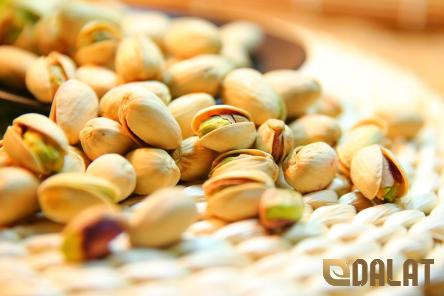
.
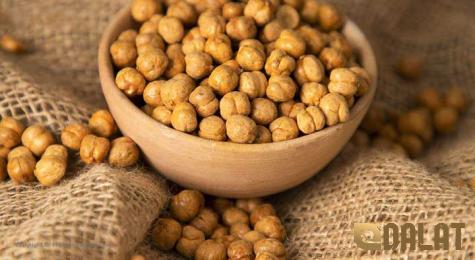 The protein and fiber content of raw peanuts can help promote satiety and regulate blood sugar levels, making them a valuable addition to a balanced diet for individuals with diabetes. The healthy fats found in raw peanuts, particularly monounsaturated and polyunsaturated fats, have been linked to improved heart health and reduced inflammation, both of which are important considerations for people managing diabetes. Impact on Blood Sugar Levels: Despite their relatively modest carbohydrate content, raw peanuts have a low glycemic index (GI), which means they are less likely to cause rapid spikes in blood sugar levels compared to high-GI foods. The combination of protein, fiber, and healthy fats in raw peanuts slows down the digestion and absorption of carbohydrates, leading to a gradual and sustained release of glucose into the bloodstream. For individuals with diabetes, this slower rise in blood sugar can help prevent sharp spikes followed by crashes, promoting better glycemic control over time. Incorporating raw peanuts into meals or snacks can therefore contribute to more stable blood sugar levels and reduce the risk of hypoglycemia or hyperglycemia. Health Benefits of Raw Peanuts for Individuals with Diabetes: 1. Weight Management: The protein and fiber content of raw peanuts can promote feelings of fullness and prevent overeating, which is important for weight management and blood sugar control in individuals with diabetes. 2. Heart Health: The monounsaturated and polyunsaturated fats in raw peanuts have been associated with reduced risk of cardiovascular disease, a common complication of diabetes.
The protein and fiber content of raw peanuts can help promote satiety and regulate blood sugar levels, making them a valuable addition to a balanced diet for individuals with diabetes. The healthy fats found in raw peanuts, particularly monounsaturated and polyunsaturated fats, have been linked to improved heart health and reduced inflammation, both of which are important considerations for people managing diabetes. Impact on Blood Sugar Levels: Despite their relatively modest carbohydrate content, raw peanuts have a low glycemic index (GI), which means they are less likely to cause rapid spikes in blood sugar levels compared to high-GI foods. The combination of protein, fiber, and healthy fats in raw peanuts slows down the digestion and absorption of carbohydrates, leading to a gradual and sustained release of glucose into the bloodstream. For individuals with diabetes, this slower rise in blood sugar can help prevent sharp spikes followed by crashes, promoting better glycemic control over time. Incorporating raw peanuts into meals or snacks can therefore contribute to more stable blood sugar levels and reduce the risk of hypoglycemia or hyperglycemia. Health Benefits of Raw Peanuts for Individuals with Diabetes: 1. Weight Management: The protein and fiber content of raw peanuts can promote feelings of fullness and prevent overeating, which is important for weight management and blood sugar control in individuals with diabetes. 2. Heart Health: The monounsaturated and polyunsaturated fats in raw peanuts have been associated with reduced risk of cardiovascular disease, a common complication of diabetes.
..
These heart-healthy fats can help lower cholesterol levels, improve blood vessel function, and reduce inflammation in the body. 3. Nutrient Density: Raw peanuts are a rich source of essential nutrients, including vitamin E, magnesium, and zinc, which play key roles in supporting overall health. These micronutrients are involved in various metabolic processes and can help mitigate the effects of diabetes-related complications. 4. Antioxidant Properties: Raw peanuts contain antioxidants such as resveratrol, oleic acid, and vitamin E, which help combat oxidative stress and inflammation in the body. By reducing cellular damage and protecting against chronic diseases, these antioxidants may offer additional benefits for individuals with diabetes. Incorporating Raw Peanuts into a Diabetes-Friendly Diet: When including raw peanuts in a diabetes-friendly diet, it is important to be mindful of portion sizes and overall calorie intake. While raw peanuts offer numerous health benefits, they are calorie-dense and can contribute to weight gain if consumed in excess. Here are some tips for incorporating raw peanuts into a balanced diet for diabetes management: 1. Measure Portions: Stick to recommended serving sizes, such as a small handful (about 1 ounce) of raw peanuts, to control calorie intake and avoid overeating.
…
2. Pair with Low-Glycemic Foods: Combine raw peanuts with foods that have a low GI, such as vegetables, whole grains, and lean protein sources, to create balanced meals that help stabilize blood sugar levels. 3. Opt for Unsalted Varieties: Choose unsalted raw peanuts to reduce sodium intake, especially if you have high blood pressure or other cardiovascular risk factors commonly associated with diabetes. 4. Experiment with Recipes: Get creative in the kitchen by incorporating raw peanuts into salads, stir-fries, or homemade nut butter. By diversifying your culinary repertoire, you can enjoy the nutritional benefits of raw peanuts in different ways. 5. Consult with a Registered Dietitian: If you have specific dietary concerns or health goals related to diabetes management, consider seeking guidance from a registered dietitian who specializes in diabetes care. They can provide personalized recommendations and support to help you optimize your nutrition plan. Potential Risks and Considerations: While raw peanuts can be a nutritious and diabetes-friendly food choice, there are some considerations to keep in mind, especially for individuals with certain allergies or sensitivities. Raw peanuts are one of the top allergens in the world, and individuals with peanut allergies should avoid consuming them to prevent allergic reactions. Additionally, some raw peanuts may be contaminated with fungi or aflatoxins, which are harmful compounds that can pose risks to human health. To minimize exposure to aflatoxins, it is recommended to purchase raw peanuts from reputable sources and store them in a cool, dry place to prevent mold growth.
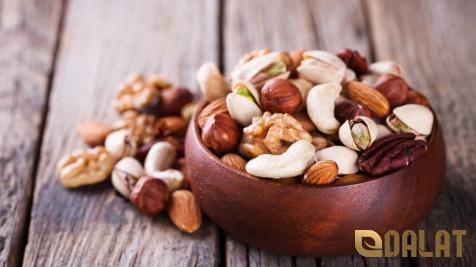
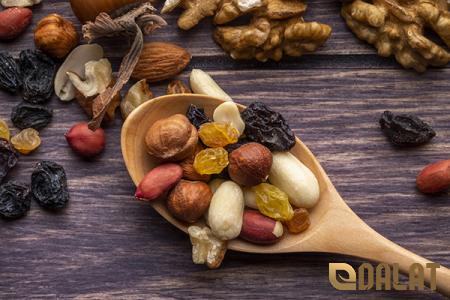
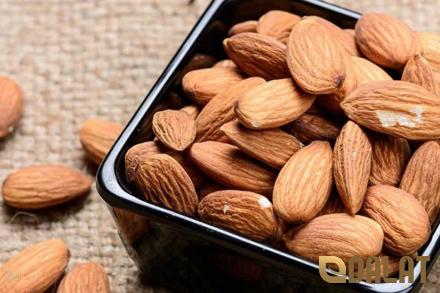
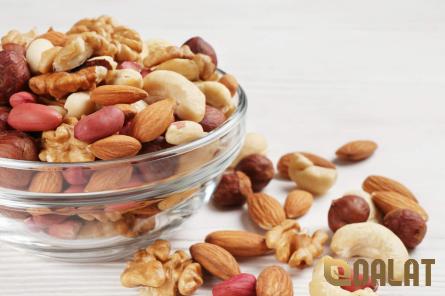
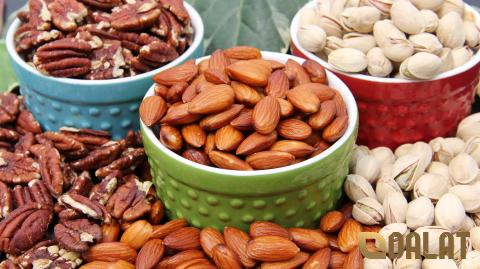
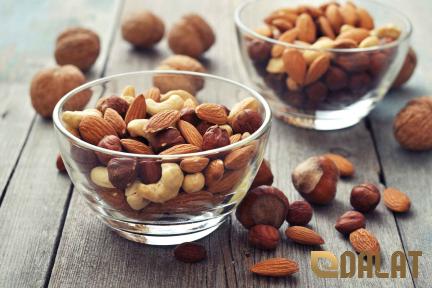
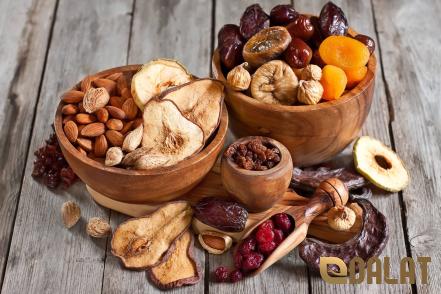
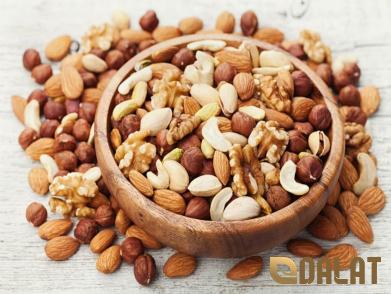
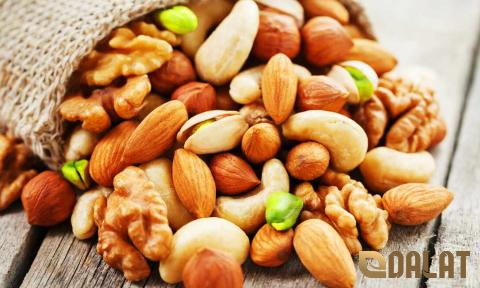
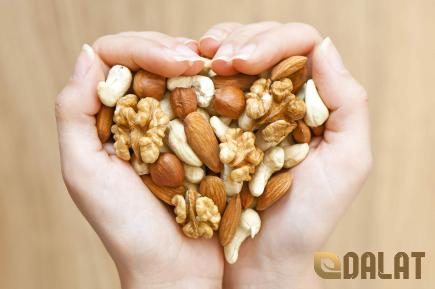
Your comment submitted.